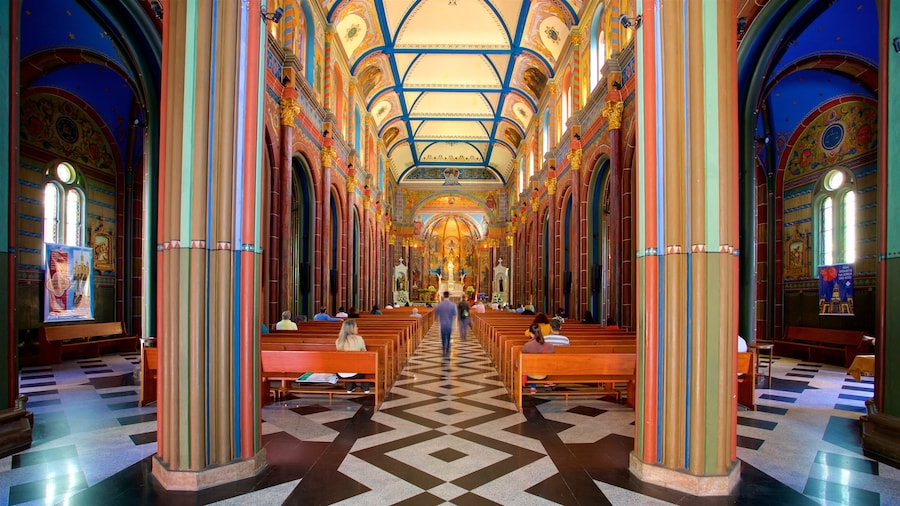ミュージアム オブ アーツ アンド クラフト ツアーとアクティビティ
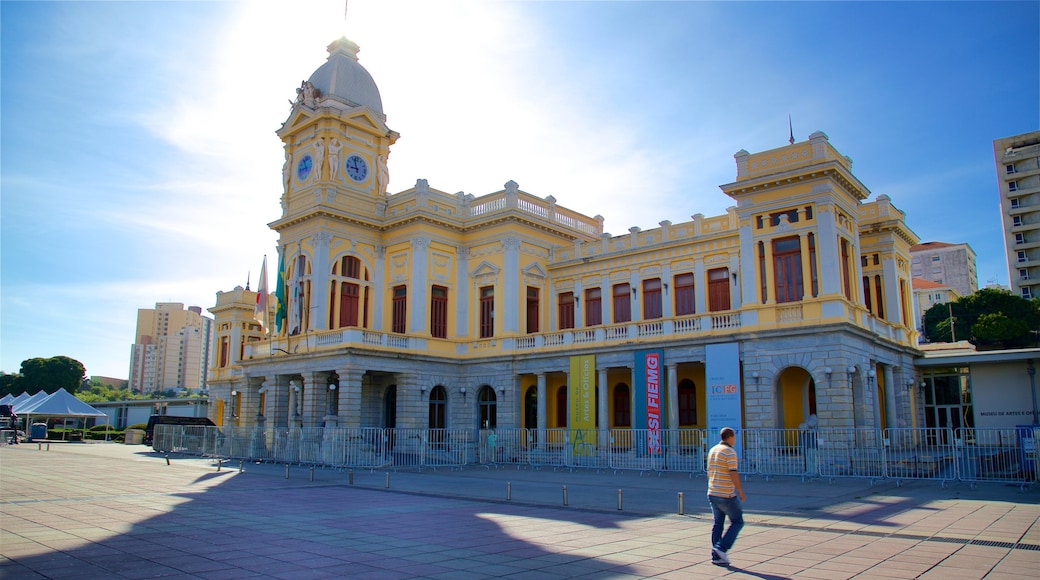
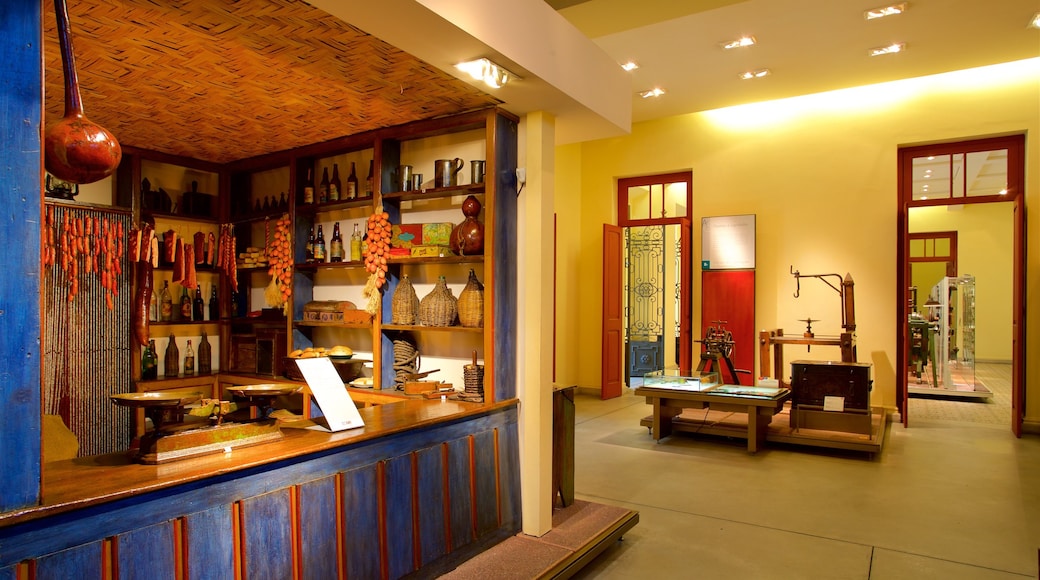


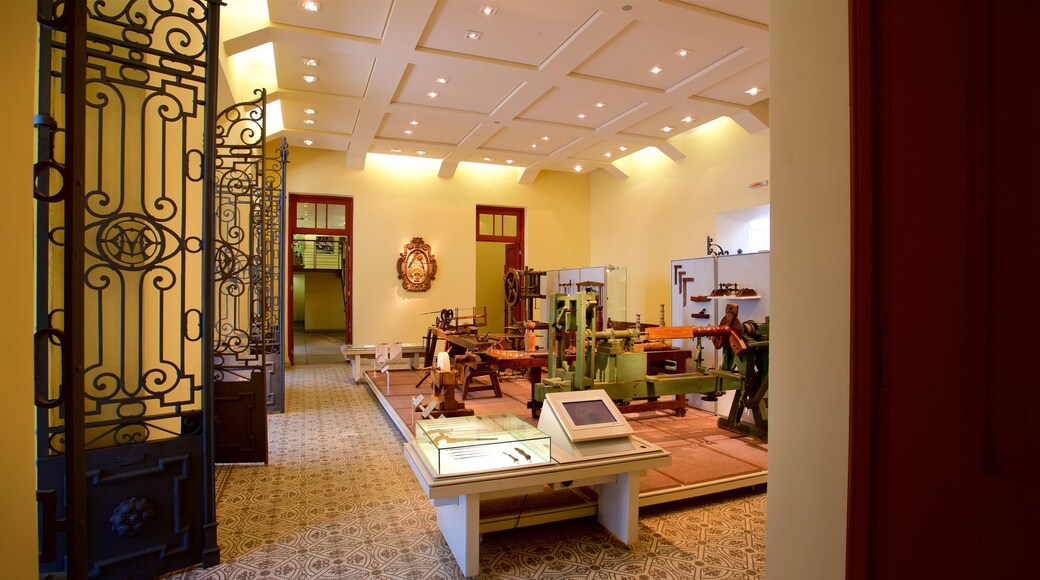
ミュージアム オブ アーツ アンド クラフトへの旅行
人気の観光スポット
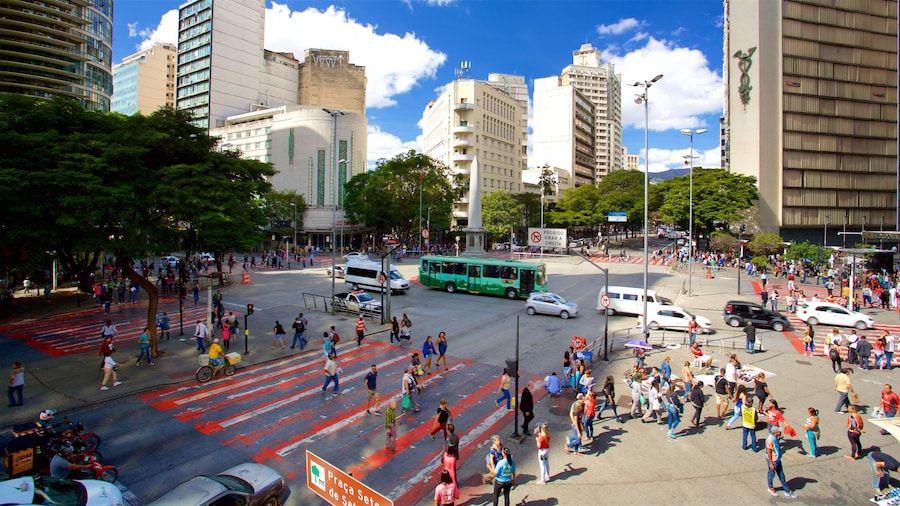
セプテンバー セブン スクエア
セプテンバー セブン スクエアに足を運べば、ベロオリゾンテの歴史について知識を深められます。 またこのエリアでは、森林の散策を楽しみ、教会を訪れましょう。

フランシスコ ヌネス シアター
ベロオリゾンテ訪問中には、フランシスコ ヌネス シアターで公演を鑑賞するチャンスもあります。 またこのエリアでは、時間を取ってショップをめぐりましょう。
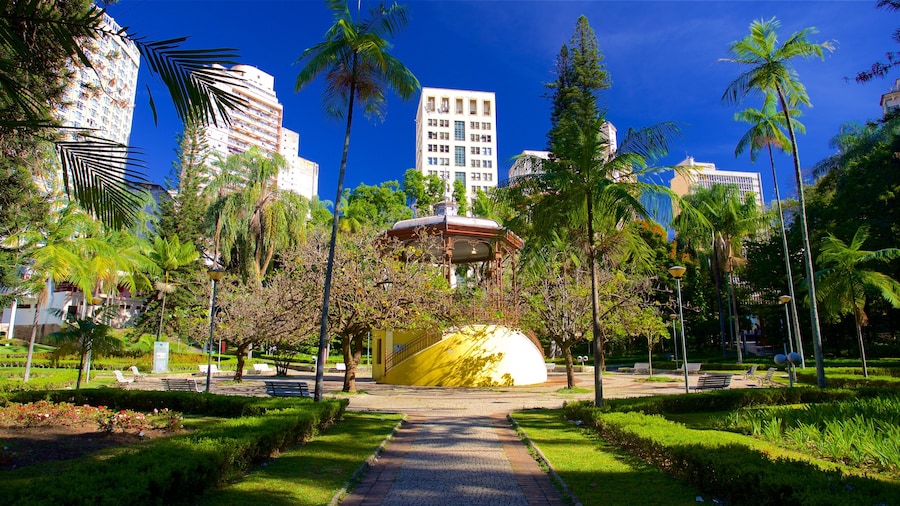
パルケ ミュニシパル アメーリコ ルネー ジャンネッティ
パルケ ミュニシパル アメーリコ ルネー ジャンネッティは、ベロオリゾンテで見逃せない名所のほんの一例です。旅行中には、その他の観光スポットもめぐりましょう。またこのエリアでは、時間を取ってショップをめぐりましょう。
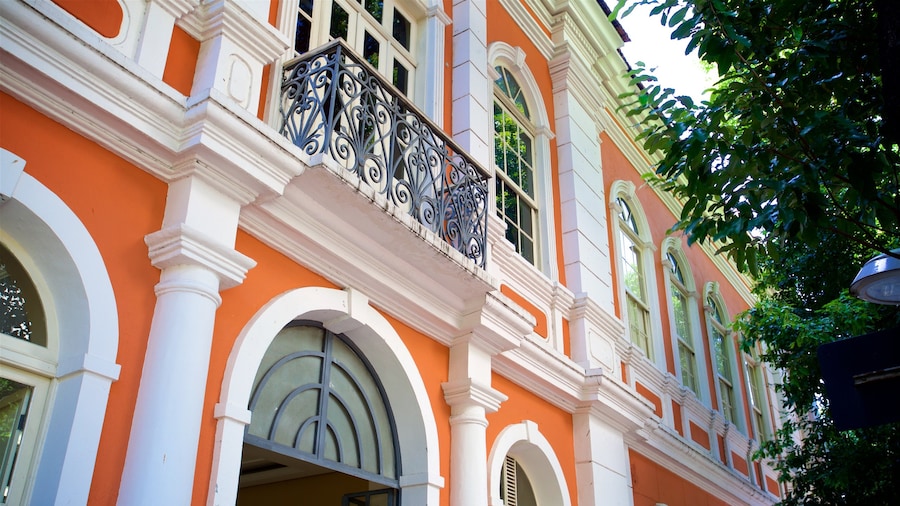
ベロ オリゾンテ カルチュラル センター
ベロ オリゾンテ カルチュラル センターは、ベロオリゾンテで見逃せない名所のほんの一例です。旅行中には、その他の観光スポットもめぐりましょう。また滞在中は、このエリアのショップをじっくりと訪れ、バーを訪ねて美味しい逸品を味わうのも良いでしょう。

イニマー デ ポーラ ミュージアム
ベロオリゾンテ旅行中には、イニマー デ ポーラ ミュージアムのさまざまな展示物を鑑賞しながら、充実した午後を過ごせます。 また滞在中は、このエリアのショップをじっくりと訪れ、バーを訪ねて美味しい逸品を味わうのも良いでしょう。
ミュージアム オブ アーツ アンド クラフト周辺のおすすめホテル


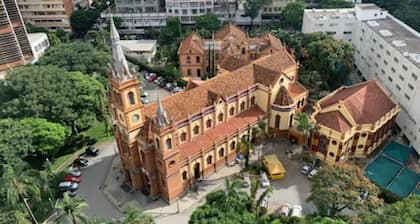

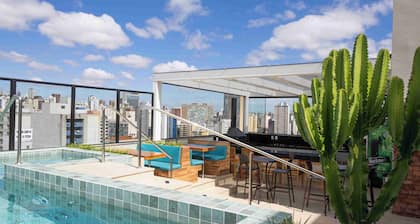
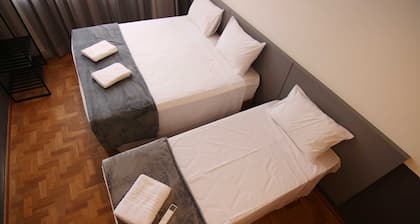

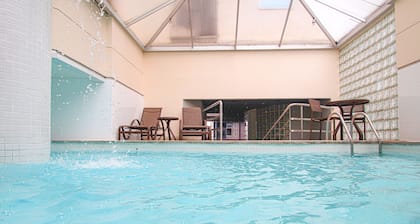

* 個別に予約した同じコンポーネントの価格と比較した、パッケージ予約に基づく割引額。すべてのパッケージで割引を利用できるわけではありません。航空券+ホテル予約で航空券が最大全額OFF - 割引額は、すべての割引とリワードが適用される前の、航空券 + ホテルのセット料金と、航空券とホテルを個別に予約した場合の料金との比較に基づきます。セット予約の割引額は、最大で航空券全額に相当します。割引額は、出発地 / 目的地、宿泊数、宿泊期間、旅行サービス業者によって変動します。すべての航空券 + ホテルのセット予約に割引が適用されるわけではありません。
